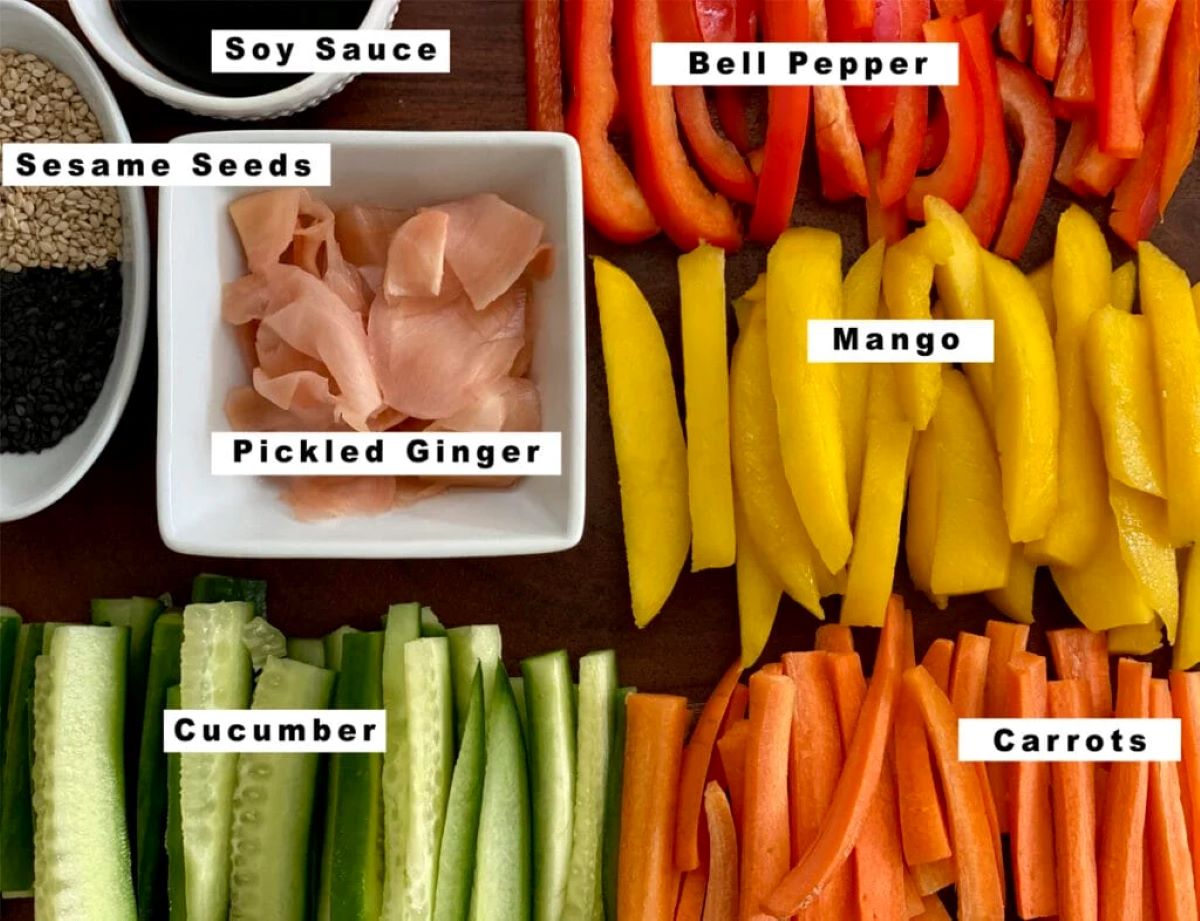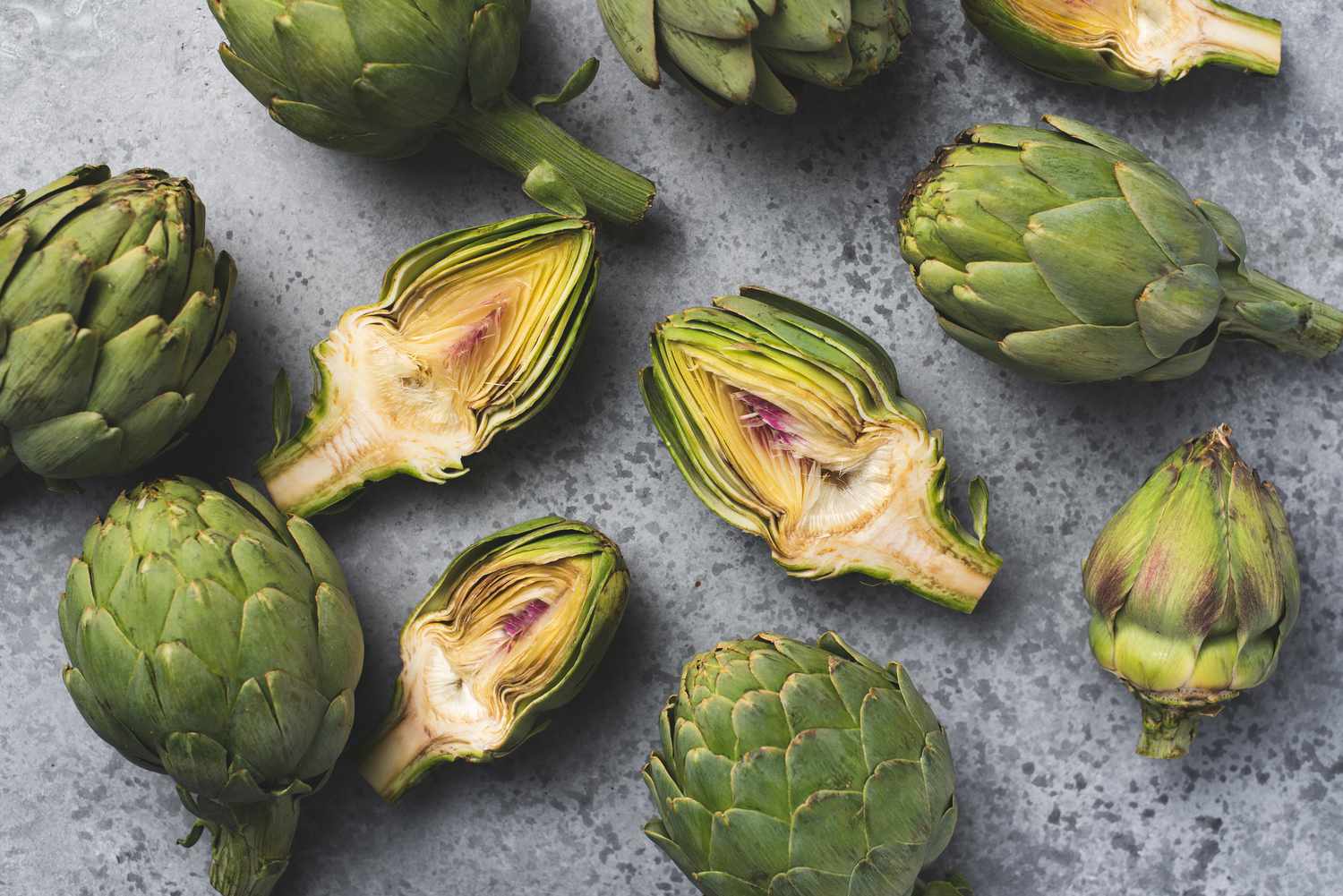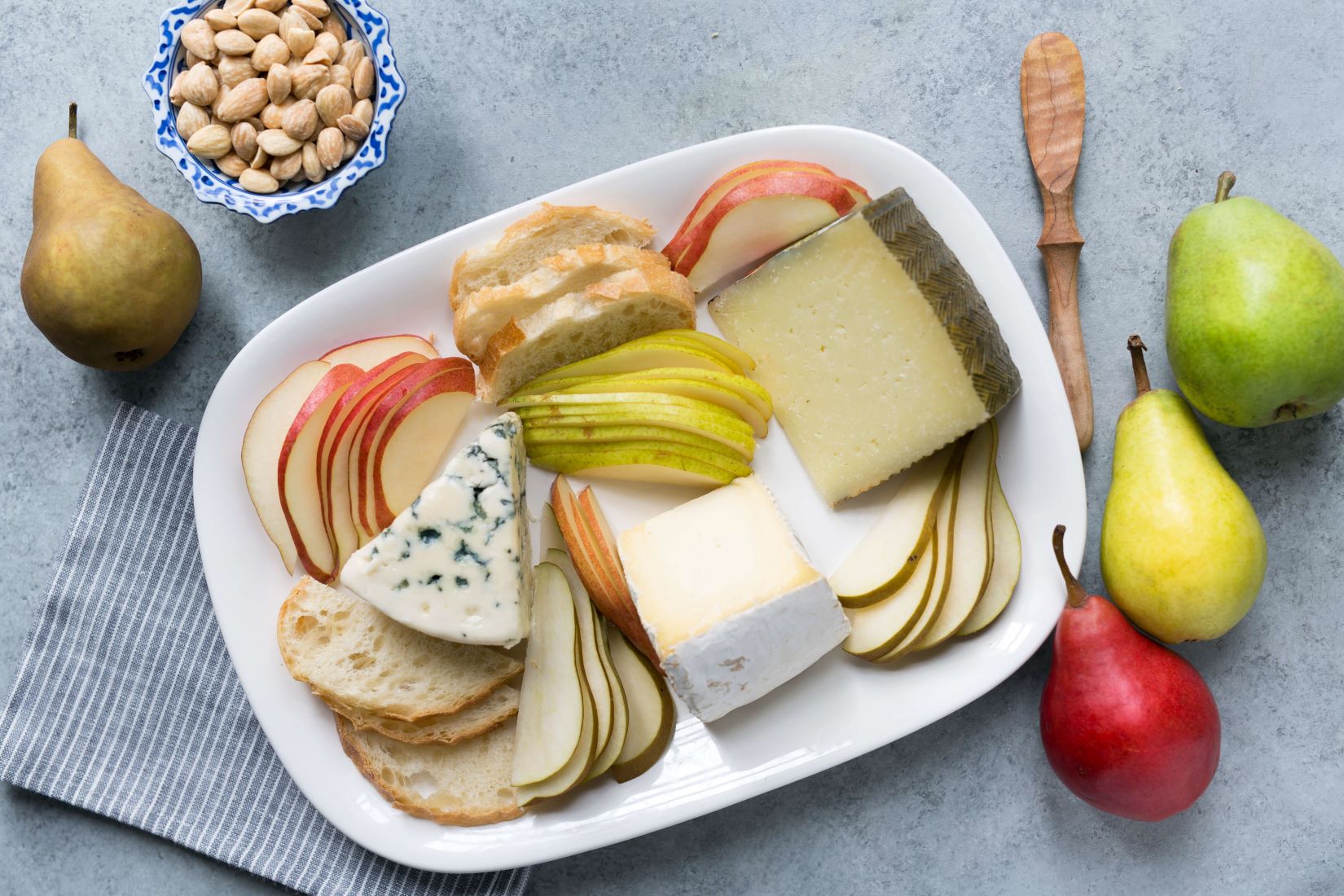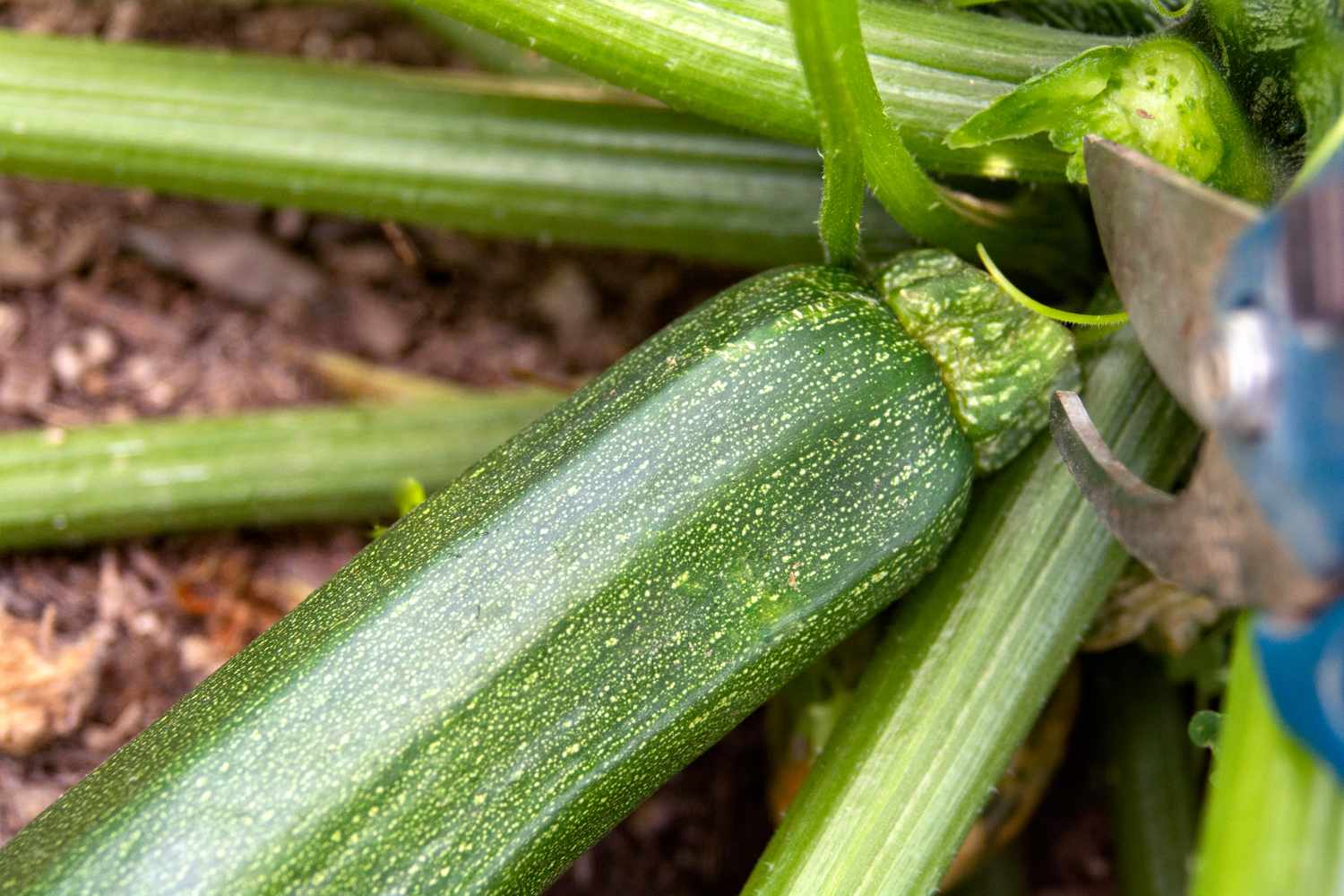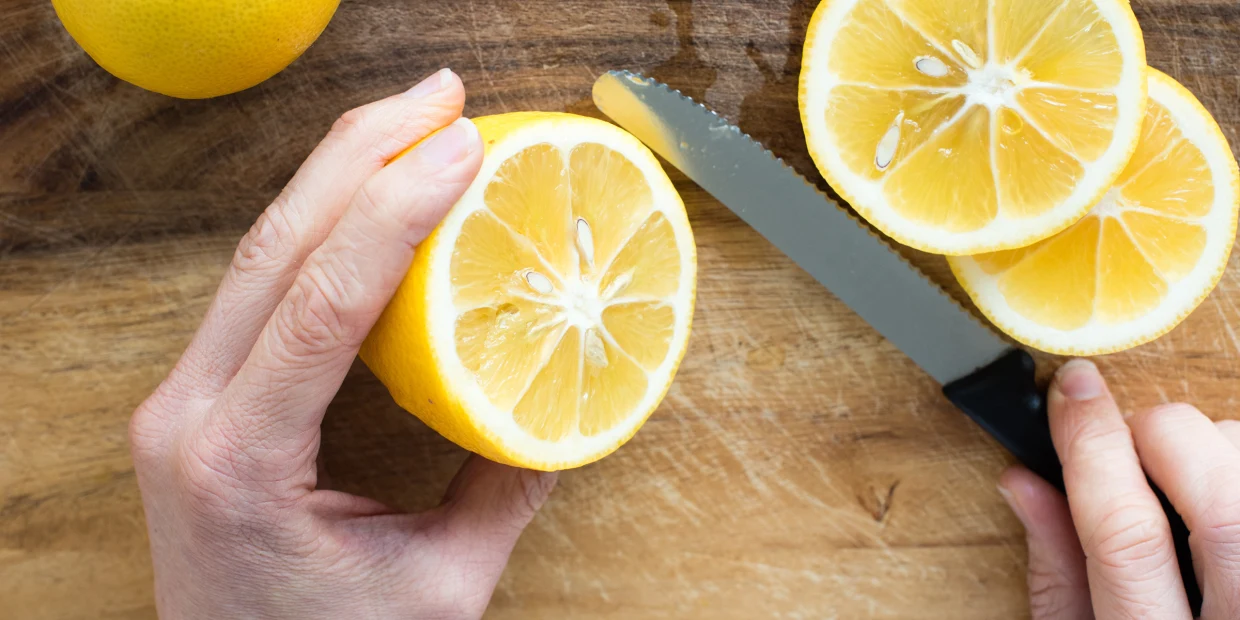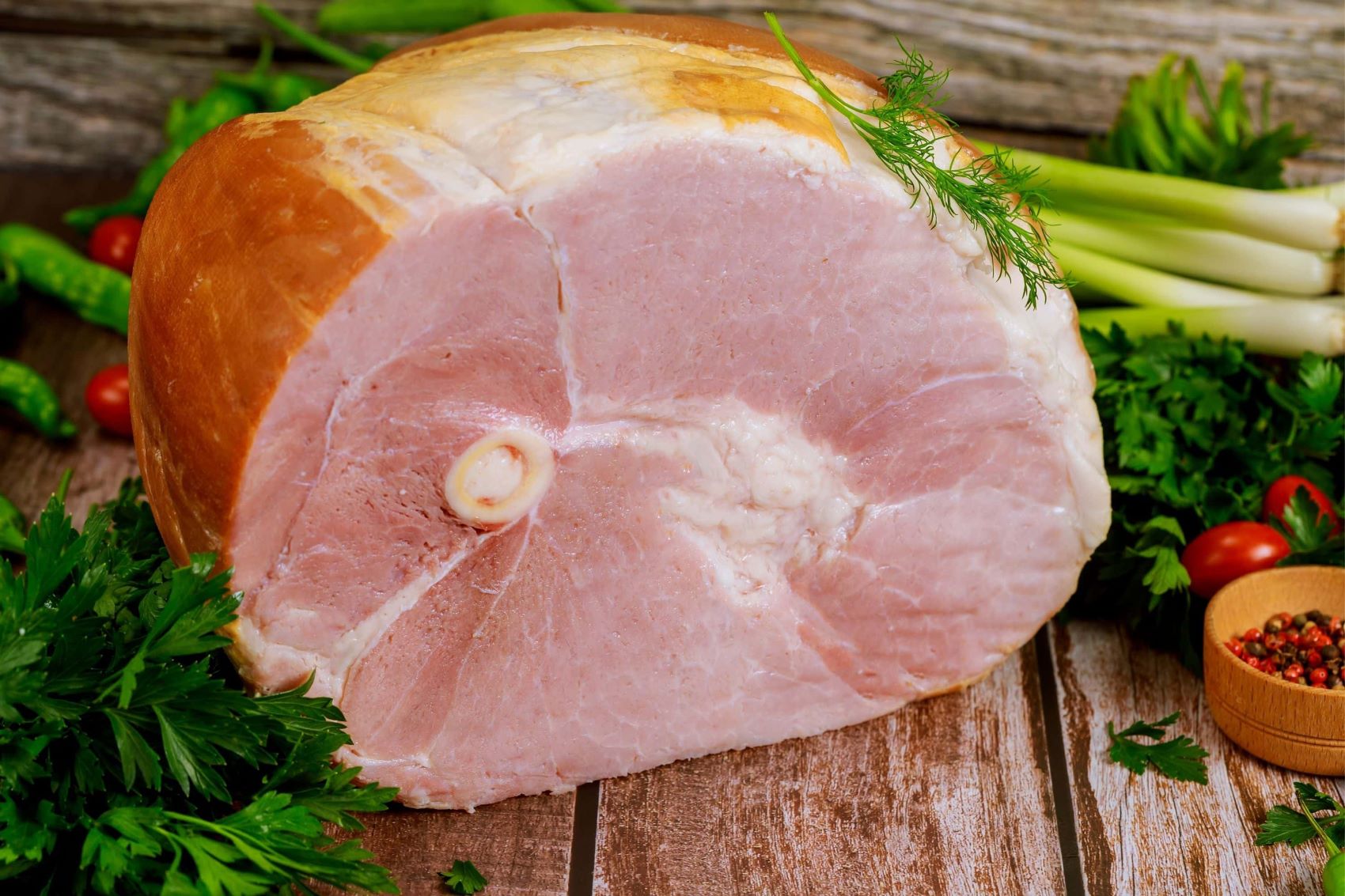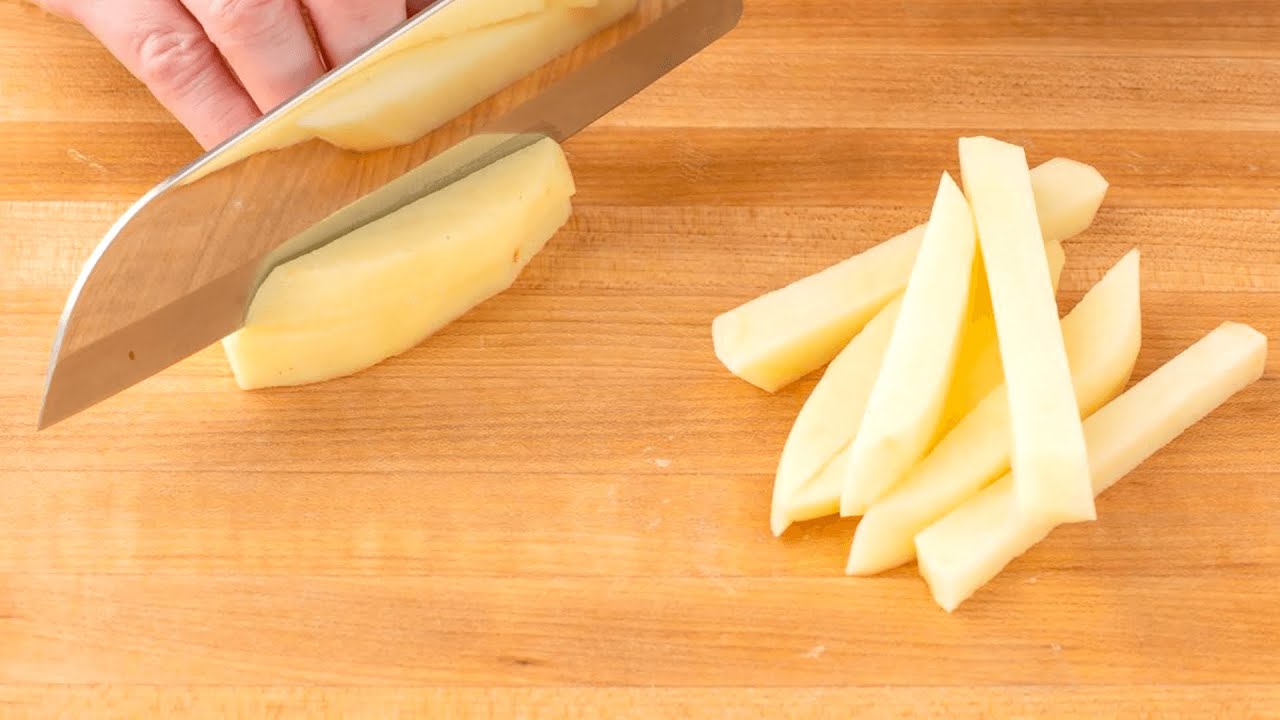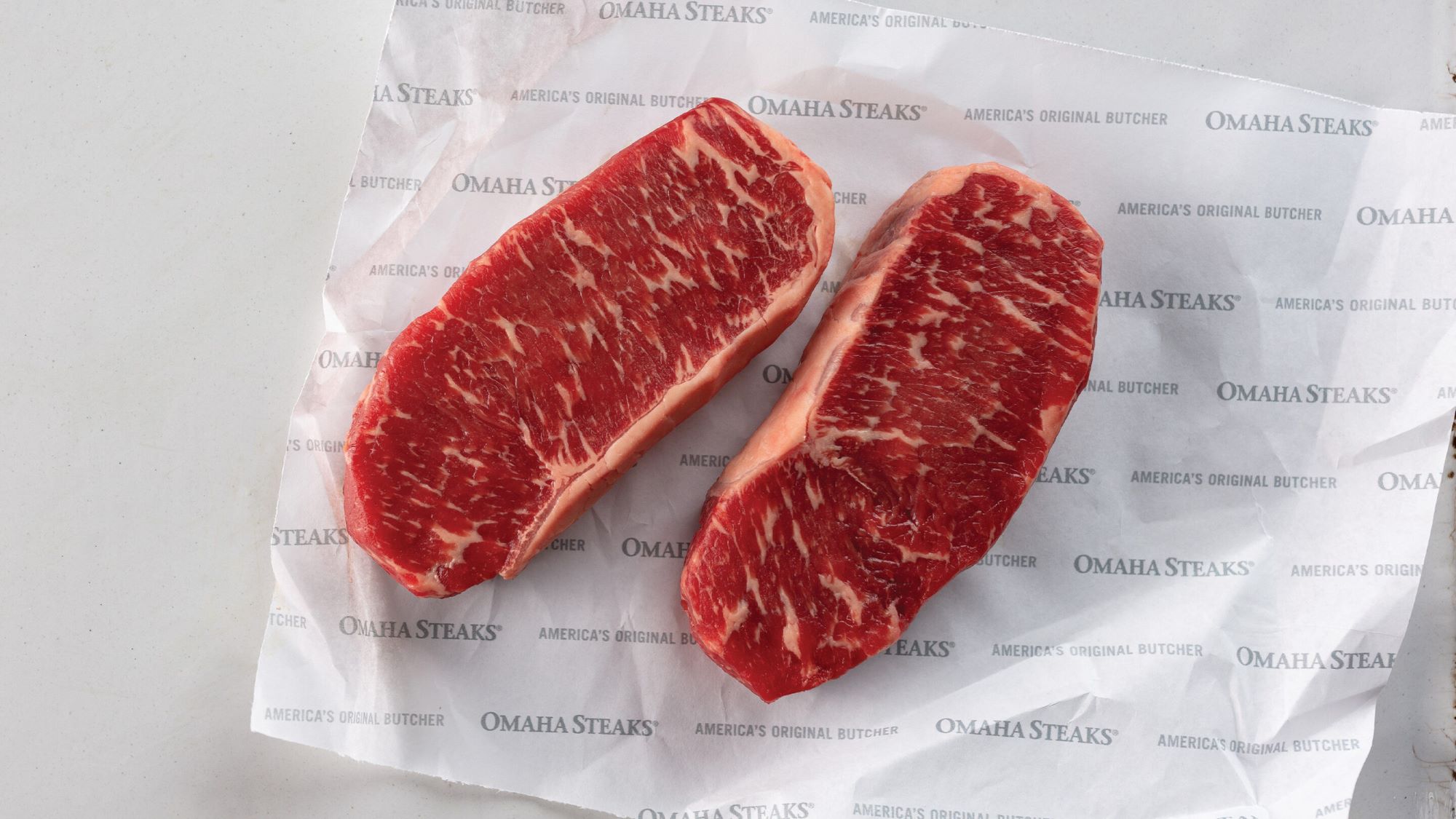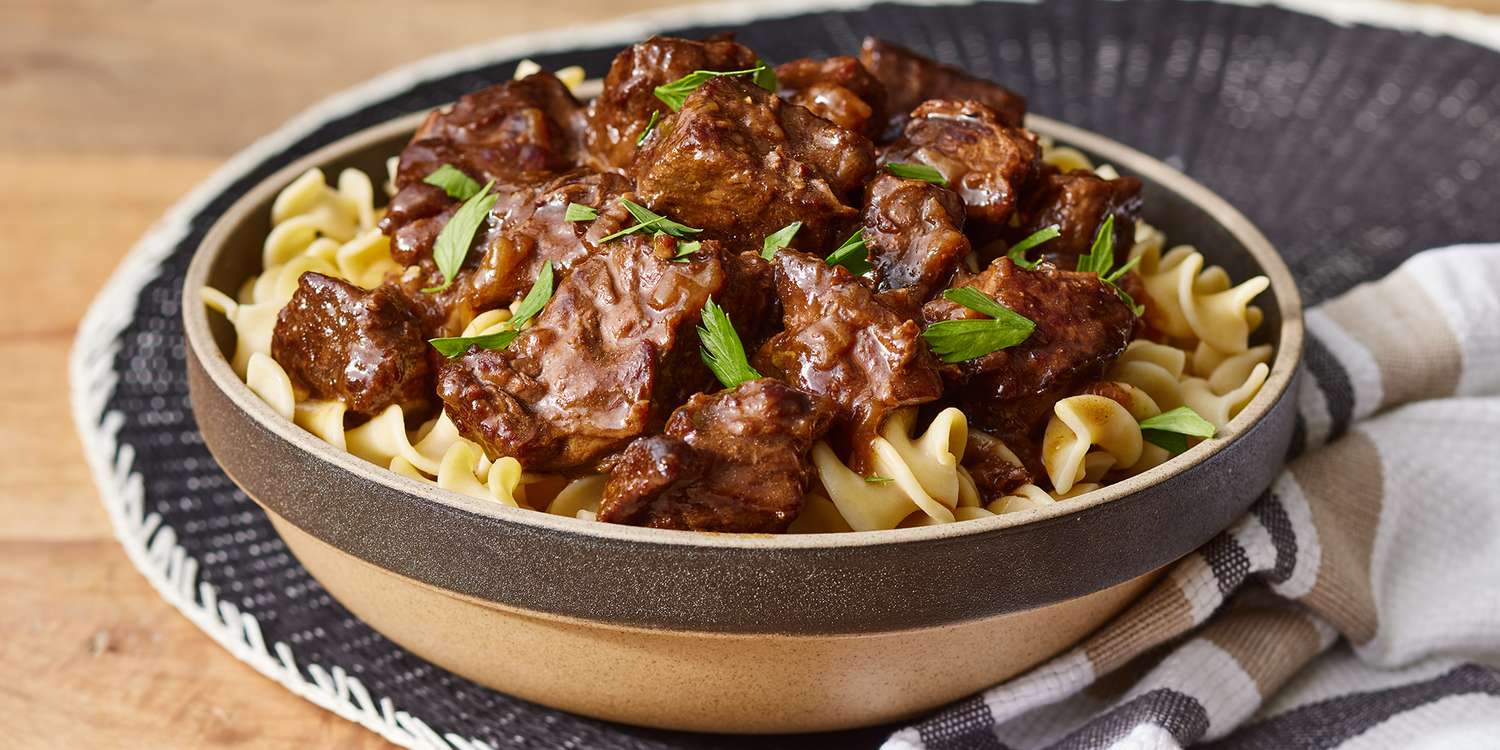Cutting boneless short ribs requires a blend of technique and understanding of meat's texture. Start by laying ribs flat on a cutting board, ensuring the meat side faces up. With a sharp knife, identify the direction of the grain—those muscle fibers running through the meat. For tender bites, slice perpendicular to the grain, creating short fibers in each piece. Thickness depends on personal preference or recipe requirements, but generally, aim for slices about half an inch thick. This method ensures each bite is succulent, maximizing the enjoyment of your culinary creation. Remember, patience and a steady hand turn good ribs into great ones.
Essential Ingredients for Boneless Short Ribs
- Boneless short ribs
- Sharp chef's knife
- Cutting board
- Paper towels
Must-Have Tools for Cutting Boneless Short Ribs
- Sharp Chef's Knife
- Cutting Board
- Meat Scissors (optional)
- Paper Towels
For cutting boneless short ribs, first, chill meat slightly to firm it up. Then, slice against the grain into even pieces, ensuring tenderness and uniform cooking in every bite.
The Importance of Properly Cutting Boneless Short Ribs
Cutting boneless short ribs correctly enhances their tenderness and flavor, making every bite melt in your mouth. Proper technique ensures even cooking and maximizes surface area for seasoning, leading to a richer, more succulent dish. This method elevates the culinary experience, turning a simple meal into a gourmet delight.
Understanding the grain of the meat is crucial for achieving the perfect texture. Slicing against the grain shortens muscle fibers, making the ribs more tender and enjoyable to eat. Mastery of this skill transforms ordinary cuts into extraordinary meals, showcasing the chef's attention to detail and commitment to quality.
Your Step-by-Step Guide to Cutting Boneless Short Ribs
-
Select the right knife: For cutting boneless short ribs, a sharp chef's knife or butcher knife is essential. Ensure the blade is long enough to make clean cuts.
-
Prepare your cutting board: Place a cutting board on a stable surface. For added stability, put a damp paper towel under the board to prevent slipping.
-
Trim the fat: Examine your boneless short ribs for any excess fat. While some fat adds flavor, too much can be overwhelming. Trim off large pieces of fat without removing all of it.
-
Slice against the grain: Look for the direction of the muscle fibers in the meat; this is the "grain." Cutting against the grain shortens the fibers, making the meat more tender. Position your knife perpendicular to the grain and slice.
-
Decide on thickness: Depending on your preference or recipe requirements, decide how thick or thin to cut your short ribs. For most dishes, slicing them into 1 to 2-inch thick pieces works well.
-
Make the cuts: Using a smooth, gliding motion, cut the short ribs to your desired thickness. Avoid sawing back and forth, as this can make the meat ragged and less appealing.
-
Portion for recipes: If you're preparing the short ribs for specific dishes, consider the portion size you'll need. For stews or braises, smaller chunks might be more appropriate, while larger pieces could be better for grilling or roasting.
-
Handle with care: Boneless short ribs are rich in flavor but can become tough if not handled properly. After cutting, avoid compressing or overworking the meat to maintain its tenderness.
-
Store properly: If not using immediately, wrap the cut short ribs tightly in plastic wrap or place them in an airtight container. Store in the refrigerator for up to 3 days or freeze for longer storage.
-
Clean up: After cutting, thoroughly clean your knife and cutting board with hot, soapy water to prevent cross-contamination. If you used a wooden board, consider sanitizing it with a mild bleach solution.
Mastering the Art of Short Rib Preparation
Cutting boneless short ribs is more than just a step in meal prep; it's a craft that elevates your cooking to new heights. With the right knife, a bit of patience, and an understanding of meat grain, you're well on your way to creating dishes that are as delightful to eat as they are to look at. Remember, the thickness of your cut can transform the texture and taste of your meal, making it crucial to tailor your technique to the recipe at hand. Whether you're aiming for a slow-cooked stew or a quick sear on the grill, mastering the art of cutting boneless short ribs ensures that every bite is infused with flavor and tenderness. So, grab your knife and let's make those ribs unforgettable.
Explore Delicious Recipes and More Ways to Use This Guide
Having mastered the art of cutting boneless short ribs, you're now perfectly poised to explore a variety of mouth-watering recipes that showcase your newfound skill. For a classic, rich flavor, try the succulent braised short ribs—perfect for a cozy dinner. If you're leaning towards something with a bit of Asian flair, the savory korean bbq ribs offer a delightful balance of sweet and savory. For those who enjoy hearty meals, the hearty short rib stew is a must, providing comfort in every spoonful. Each recipe is designed to enhance your culinary repertoire and impress at any meal.
All Your Questions Answered About Boneless Short Ribs
What's the best knife for cutting boneless short ribs?
For slicing through boneless short ribs, you'll want a sharp, sturdy chef's knife. Its versatility and strength make it perfect for the job, ensuring clean cuts without much effort.
How do I get uniform pieces from boneless short ribs?
Start by laying your ribs flat on a cutting board. Look for the grain – those muscle fibers running through the meat – and slice across it, not with it. This technique helps in getting uniform pieces that are more tender when cooked.
Can I cut boneless short ribs into cubes for stew?
Absolutely! Cubing boneless short ribs for stew is a great idea. First, cut strips against the grain, then chop those strips into cubes. Aim for a consistent size to ensure even cooking.
What's the trick to trimming fat from boneless short ribs?
Trimming fat from boneless short ribs requires a bit of finesse. Use a sharp boning knife for precision. Gently slide the knife under the fat cap and angle it slightly upwards, slicing away the fat while leaving as much meat as possible.
Is there a way to make boneless short ribs more flavorful by cutting them differently?
Yes, scoring the meat can boost flavor. Make shallow cuts across the surface of your ribs in a criss-cross pattern. This not only looks appealing but also allows marinades and rubs to penetrate deeper.
How thick should I cut boneless short ribs for grilling?
For grilling, aim for boneless short ribs cut about 1 to 1.5 inches thick. This thickness is ideal for achieving a nice char on the outside while keeping the inside juicy and tender.
Any tips for storing cut boneless short ribs if I'm not cooking them right away?
After cutting, wrap your ribs tightly in plastic wrap or place them in an airtight container. They'll keep in the fridge for 3-4 days. For longer storage, freeze them. Just make sure they're well-wrapped to prevent freezer burn.
Was this page helpful?
Read Next: How To Cut Vegetables Fast
